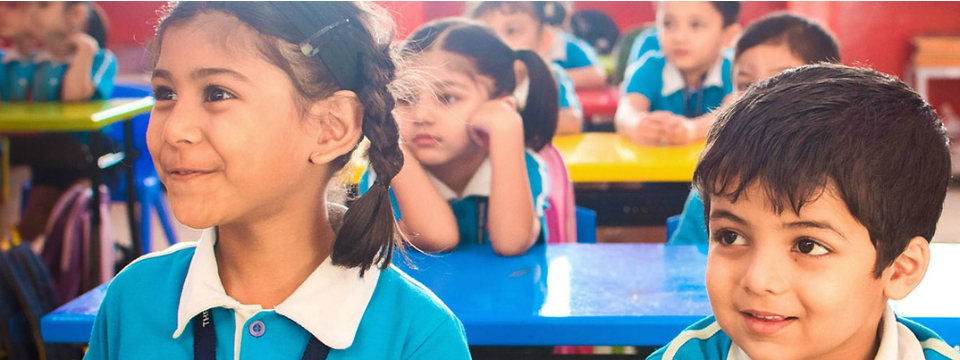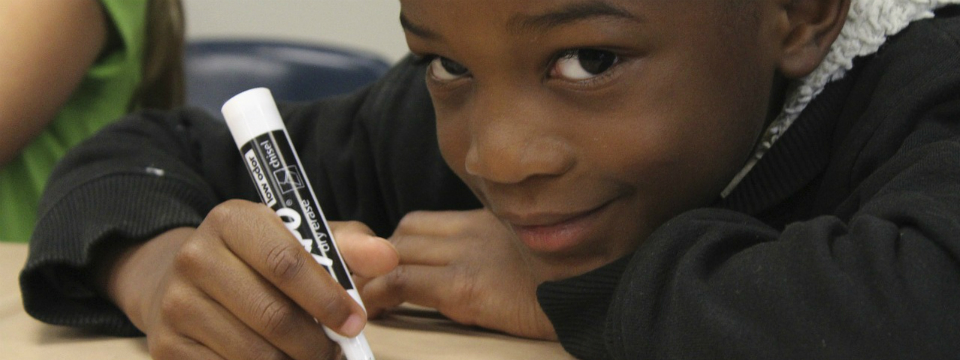New research explores impacts of inconsistent support on youth transitions
 Fitzpatrick, J. P. (2015). Supporting young people in transition: Findings from a research study in Scotland. Relational Child & Youth Care Practice, 28(1), 31-36.
Fitzpatrick, J. P. (2015). Supporting young people in transition: Findings from a research study in Scotland. Relational Child & Youth Care Practice, 28(1), 31-36.
Summarized by Jessica Cunningham
Background:
Children who are involved with social support services (i.e. the Department of Youth and Families in the United States) are vulnerable because they often have been exposed to poor housing conditions, domestic violence, poverty, and parents with mental health issues, among others. School is a constant in the lives of almost all children, but the structure of it may provide youth whose lives are otherwise chaotic a sense of comfort. However, this comfort may become disrupted when they make the transition to secondary school. The author of this study wanted to investigate the role of relationships with teachers and social workers in their lives during this transition.
Methods:
The author conducted fifteen qualitative interviews with youth in three different parts of Scotland aged from twelve to sixteen. They used purposeful sampling in order to ensure that there was a wide range of ages, length of time living under a home supervision requirement, geographic location, and an even ratio of gender. The author used thematic analysis to code and analyze the transcripts of the interviews.
Results:
The author found that the time of transition between primary and secondary school was a difficult time for youth in the study either because of external factors like a parental separation, or because of factors relating to school, such as difficulty handling the independence and amount of coursework in secondary school. Often, these difficulties were intersectional in nature; poverty caused one student to have a hard time completing homework because he shared a room with three younger brothers; mental health issues caused another student to skip classes due to the number of students in the class triggering bouts of anxiety.
Students in this sample were more likely to report trusting their teachers than their social workers, because, as one student put it: “I’d rather trust my teachers than a social worker cause I feel like they’re taking everything, they’re gonna tell somebody…so it annoys me.”
Students also discussed their frustration with building relationships with social workers only for them to move, or be reassigned, causing them to lose that relationship. This left them feeling like it was not worth investing in a relationship with their social workers.
Participants also spoke about teachers speaking to them like they “weren’t worth their time” as one young woman put it, but they contrasted these relationships with that of coaches in afterschool programs, who they felt were more supportive and treated them like they mattered to them.
Conclusions & Discussion:
Given these findings, the author suggests that “further investment should be made to provide coaching and mentoring for vulnerable children and young people through the key transition points in their lives.” They go on to say that each person in a child’s life has a role to play in meeting a child’s emotional and developmental needs, along with guiding them on a path that will lead to the best outcomes.
The author also outlines the importance of “the dangers of inconsistency regarding the professional approaches involved in the care of young people”; treating youth like they do not matter, particularly at a time of difficult transition can put them at further risk for negative outcomes like delinquency and truancy. They posit that special care needs to be taken when it comes to youth involved with social services, as they often have negative attachment experiences; pulling social workers out of their lives without warning can be damaging to their relational styles. Using social work and other school-based interventions as a means of maintaining stability in their lives should be taken seriously.
Implications for Mentoring Programs
Given the findings of the research, while limited, there are definite lessons for programs to keep in mind. While it is unlikely that programs seek to exchange mentors throughout the life of a match, this research reinforces the negative impacts such changes can have on vulnerable youth in the social services system.
The present study also highlights the cumulative effect that can occur when youth and teens experience numerous small rejections across the different spheres of their lives. This may include teachers being perceived as dismissive of the youth, adherence to mandatory reporting requirements feeling like “they’re gonna tell somebody”, or a high rate of turnover in assigned social and case workers.
Last, the transition between middle and high school is a critical one for even the most well-supported youths. This importance only ratchets up for vulnerable youth who don’t have access to a stable support network.
It is critical that programs take these factors into account when determining mentor/mentee matches and providing ongoing match support to keep the mentors involved and the youth connected. Mentoring programs serve a vital purpose in offering an island of stability in what can feel like an ocean of chaos for many vulnerable youth, and this research serves to reinforce the importance of that work and mission.
To access the original article abstract, click here.










